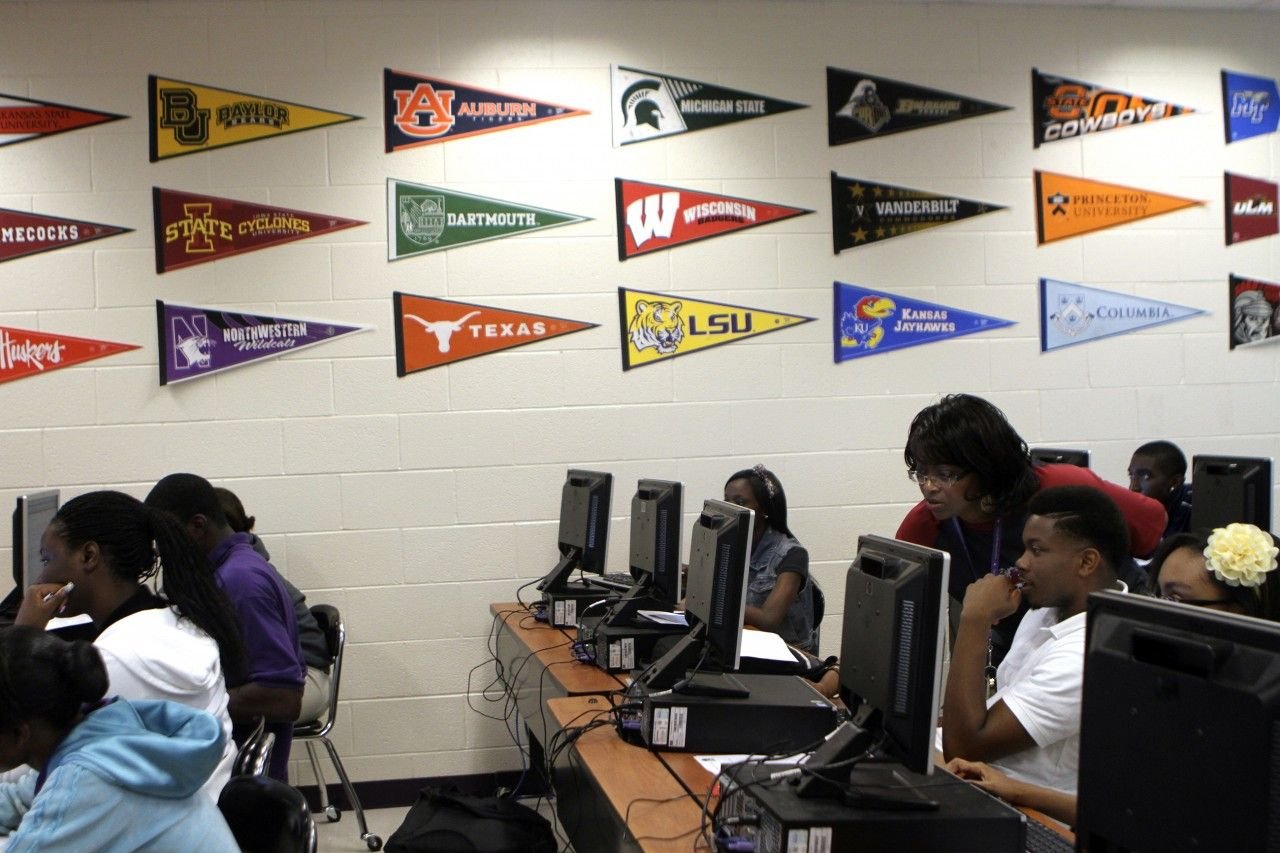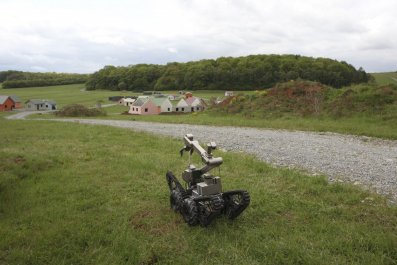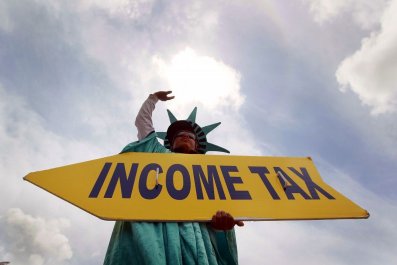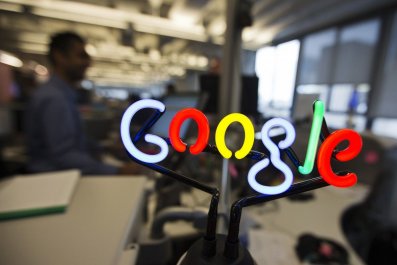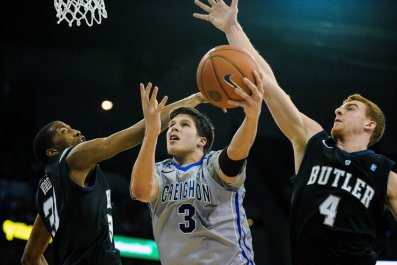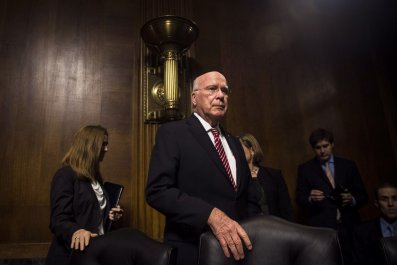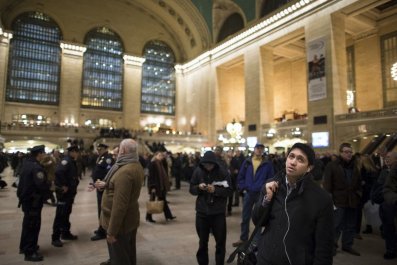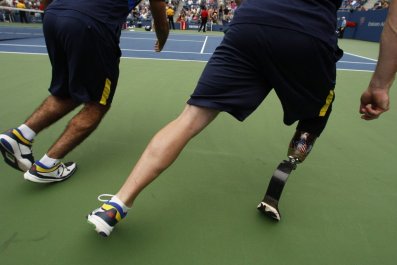In coming years, data will change the way high school students pick a college - a change so dramatic, it will make today's process seem as outdated as forcing freshmen to wear beanies.
The college selection process today takes place in a data void, driven by intangibles like how a campus looks, or whether a relative went there, or how the school ranks on some list. The only big life decision that rivals this one in magnitude and cluelessness is whom you marry, and look how that turns out for half the population.
By data, I don't mean stuff you can gather online yourself, like student-teacher ratios or the relative freshness of the sushi in various dining halls. This is about big, smart data that come to understand an individual student's capabilities and goals and, on the other end, learn about the results of colleges - the eventual careers and achievements of people who went to those schools.
Then the data can help make a match between student and college that should be far more meaningful than any match based on criteria available now. In fact, if these data systems get good enough, the whole college application process could go away. Colleges would already know who they will accept before anyone even applies.
Sound futuristic? Crazy? It's already starting, and there are at least two places where you can see the first green shoots: at LinkedIn and in an experimental partnership between IBM and the Gwinnett County schools in Georgia.
Deep Nishar, the executive who oversees LinkedIn's products, wants to turn the site into a data-driven college advisor. "I have a daughter who just went through the college application process and it was arduous," Nishar says, stating what's blindingly obvious to everyone who has gone through this. "The element of chance shocked the hell out of me." So now he wants to help fix it.
Consider the awesome breadth of data that LinkedIn is gathering. It has 277 million members globally, and most of them have posted their work and education backgrounds. LinkedIn also gets users to do those somewhat annoying "endorsements," so the system is getting to know each member's skill set. Plus, 23,000 higher education institutions have added their details to the site.
With the information it compiles, LinkedIn can start mapping colleges to outcomes - or outcomes to colleges. Does your high school student think she wants to become an industrial designer at IDEO, respected for her work in glass? LinkedIn will be able to see that a high number of people in similar positions went to a particular college, and make that suggestion. And if the data nudge a student to consider a college, LinkedIn could broker introductions to the professionals who went there - a way to add qualitative human insight to the quantitative data.
This isn't only about LinkedIn. Think of the data about people and their paths collected by Facebook, Google and other social sites, and the data about odd aspects of colleges pouring in from sites like Ratemyprofessors.com or College Prowler's rankings of campuses with the hottest women. (Miami University in Ohio at No. 1? Really?)
Powerful computers will be able to suck in these diverse globs of data and find patterns and matches that even the most high-strung helicopter parent could not discover.
The ideas about data and college choice get even more interesting when you look at the project in Gwinnett County. As class work moves online, Gwinnett's system will be able to gather data about how each student is doing, starting in kindergarten, explains Chalapathy Neti, the scientist leading the project for IBM. By analyzing that data, the system will gradually come to know the student. It will understand (with permission - parents could always opt out) the student's strengths, weaknesses, talents and the subjects and tasks the student likes.
By the time the student reaches high school, the system would know the student so well, "it can become a consultant for you," Neti says. "We could at least identify the colleges that might be the right place to go."
Now imagine a Gwinnett-type system connected to LinkedIn's data and all the other data that will be out there about colleges and their alumni's paths. Gwinnett should then be able to tell a high school junior, with high probability, which college will get her from where she is to the career she wants.
If enough visibility exists between a system like Gwinnett's and those at colleges, the Gwinnett system would know that a student would get accepted by a college before even recommending it. The application process should just be one click that would shoot the Gwinnett data to the college of choice. That's all the college would need. Done.
Of course, developing and perfecting such systems will take years, and a lot could happen along the way. Technology is raising questions about the whole model of sending high school graduates off to a campus experience that costs more than many people spend on a house. By the time today's kindergartners hit college age, who knows if there will still be colleges.
We'll have to ask ourselves, too, how much of a role we want serendipity and discovery to play. Many high schoolers can't decide what to do for the next hour much less decide on a direction in life. Maybe a highly targeted college choice doesn't make sense for a lot of them.
Still, LinkedIn and Gwinnett open up the conversation about data and college choice. The current method is fundamentally flawed. Data will make it better.


